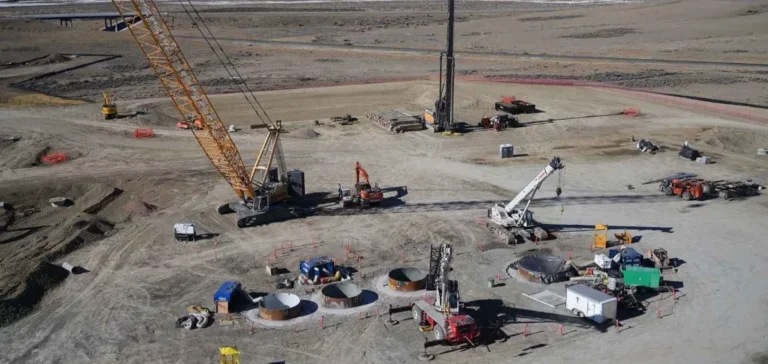The United States Nuclear Regulatory Commission (NRC) has completed its environmental assessment of TerraPower’s Natrium project, recommending the issuance of a construction permit for the Kemmerer Unit 1 plant in Lincoln County, Wyoming.
A project backed by a public-private partnership
The Kemmerer Unit 1 project, developed by US-based TerraPower, was submitted to the regulatory authority in March 2024. This demonstration reactor is funded under the US Department of Energy’s Advanced Reactor Demonstration Program (ARDP). It features a liquid sodium-cooled design integrated with a molten salt thermal storage system.
The core of the project includes an 840 MWt pool-type sodium fast reactor, coupled with an energy storage system allowing variable net electricity output of up to 500 MWe. This technology is designed to ensure steady base load production with rapid ramp-up capabilities, a feature TerraPower claims is unique among advanced reactor designs.
A positive review across multiple criteria
The Environmental Impact Statement (EIS) evaluated the project’s effects on natural environments and local communities. It also outlines that the unit will replace coal-fired generation capacity scheduled for retirement. After weighing environmental costs against economic, technical, and social benefits, the NRC staff recommends issuing the construction permit to TerraPower’s subsidiary United States Operating (USO), unless major safety concerns arise.
TerraPower President and Chief Executive Officer Chris Levesque welcomed the regulatory step as a recognition of the team’s efforts. He stated that Kemmerer Unit 1 is now “the first advanced reactor to successfully complete an environmental impact statement with the NRC.”
Next steps for the Natrium project
The Commission also noted it has accelerated its review schedule, planning to complete the permit assessment six months ahead of the original timeline. The final safety evaluation is expected by the end of December.
This regulatory milestone places TerraPower in a strategic position as the US explores new nuclear production models. The project could become an industrial reference as conventional thermal infrastructure is gradually phased out.






















